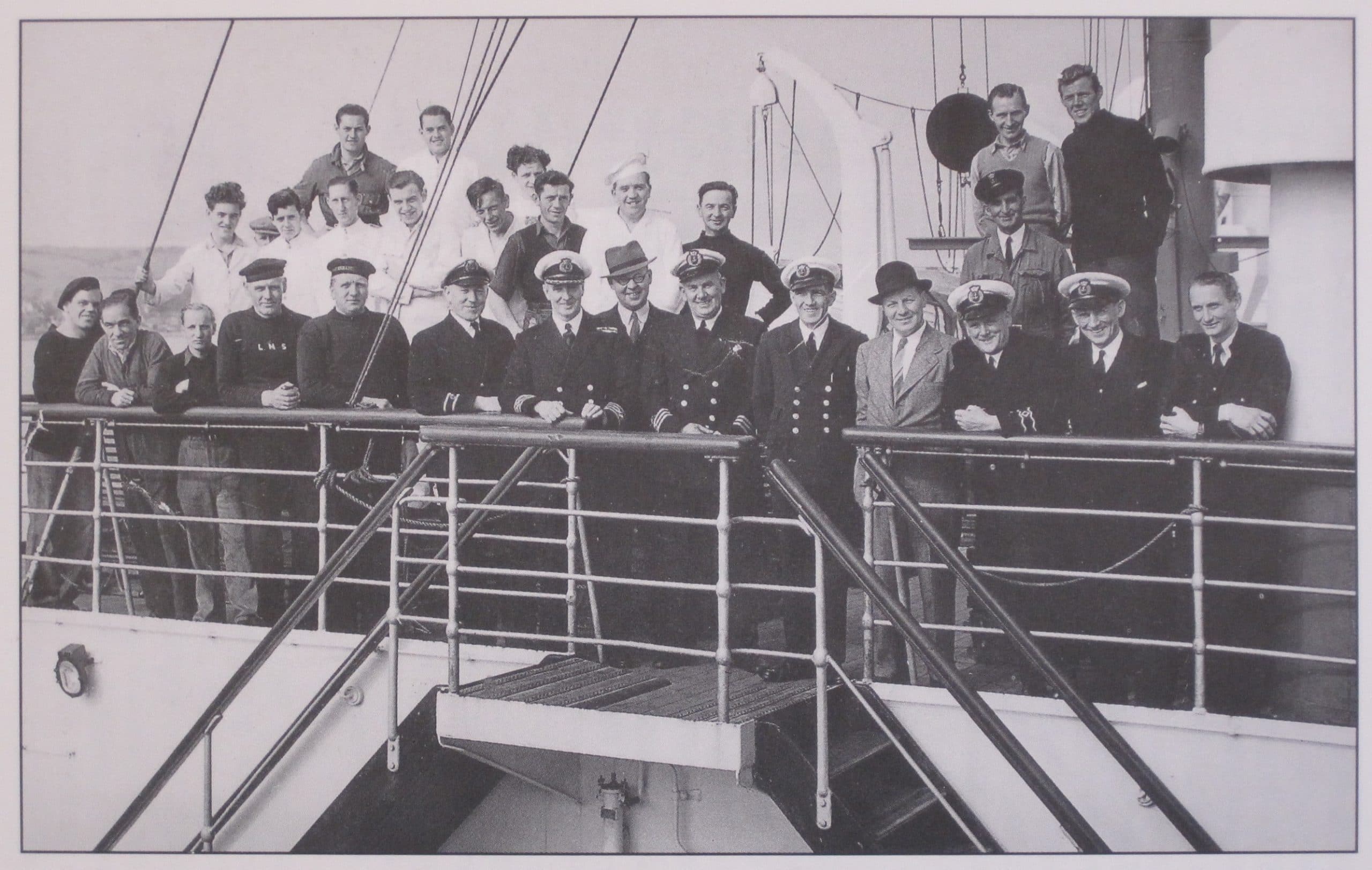The MV Princess Victoria left Stranraer in Scotland to make her regular crossing to Larne in Northern Ireland. After leaving the relative shelter of Loch Ryan, the ship encountered the full fury of a gale. The rear doors burst open due to the force of the waves and water started to flood the car deck. Sailors managed to close them but they had buckled and would not stay shut. The ship struggled against winds, with recorded gusts of more than 80mph, and mountainous seas, over 50 feet high.
At 9.46 am: MV Princess Victoria signalled, “XXX – Hove to off mouth of Loch Ryan, Vessel not under command. Urgent assistance of tug required.” An XXX signal indicated urgency and that the vessel was in trouble but not in immediate danger of sinking.
10.31am: MV Princess Victoria transmitted an SOS signal, indicating that it now faced immediate danger. It stated the vessel was four miles north-west of Corsewall, the car deck was flooded, and immediate assistance was needed.
For more than four hours, the MV Princess Victoria struggled against the elements, with only one engine, slowly inching her way towards safety in Northern Ireland. Unfortunately, as it was thought that the ship had no power when it first requested assistance, the rescue efforts were directed towards the coast of Galloway.
Despite the valiant efforts of her crew, lifeboatmen and other seafarers, the Princess Victoria foundered off the coast of Northern Ireland, within sight of the Copeland Islands, near the entrance to Belfast Lough.
Wireless officer David Broadfoot stayed at his post sending signals until the ship keeled over. He was posthumously awarded the George Cross.
As was usual for ferries, no passenger manifest was kept so it was not possible to state with certainty how many people were on board when she sailed. It is thought that 178 people were on board when she left Stranraer (including 49 crew), and that 133 people lost their lives.
Only 44 men were rescued alive. The passengers included a high number of mothers with young children. None survived. It is thought that most of the women and children were put aboard the first lifeboat launched, but large waves dashed it against the side of the ship and it broke up.
While those who died came from far and near, with many from Belfast, the tragedy was keenly felt in Stranraer and Larne, which were home to 50 of the victims. In these towns, it was hard to believe that there could be such heavy loss of life on an everyday ferry route where, in good weather, the ship was never out of sight of land.























